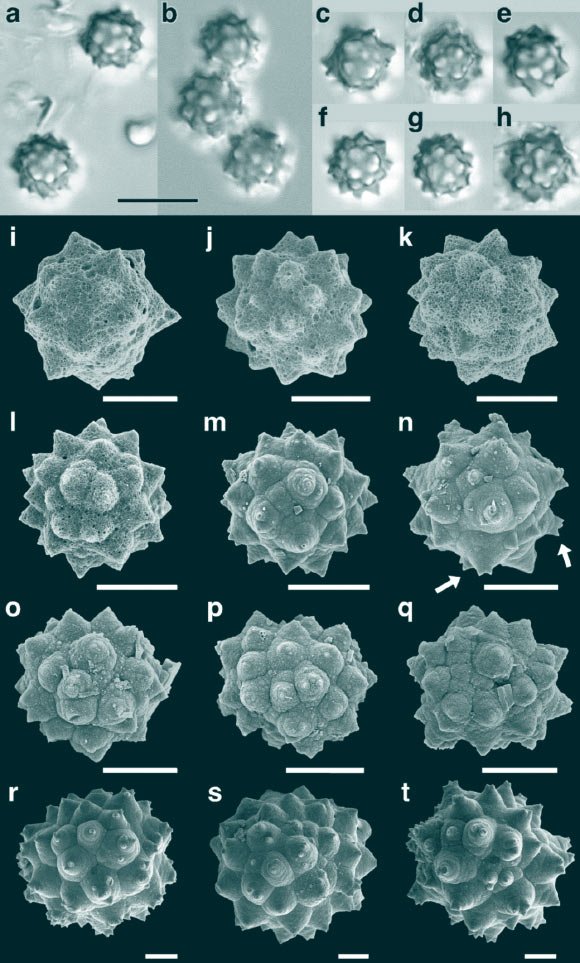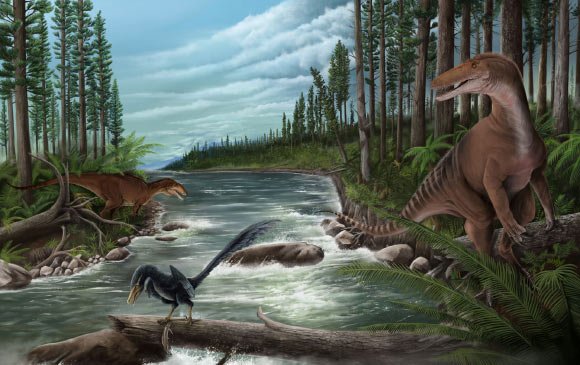This bottleneck event happened between 130,000 and 50,000 years ago, according to new research led by scientists from the Universitat Autònoma de Barcelona and the Universidad de Alcalá.

Neanderthal. Image credit: Trustees of the Natural History Museum, London.
“Neanderthals are the best-documented pre-modern humans in the fossil record in terms of morphology, genetics, behavior, and culture,” said Dr. Alessandro Urciuoli from the Universitat Autònoma de Barcelona and colleagues.
“Recent molecular-clock-based analyses place their divergence — together with Denisovans — from the modern human lineage 765,000-550,000 years ago, or older based on morphological data.”
“The Neanderthal lineage differentiated soon thereafter, as testified by the genetic and morphological evidence from the Middle Pleistocene Sima de los Huesos humans, previously considered to represent Homo heidelbergensis and now regarded as an early population of the Neanderthal lineage.”
“While the genetic divergence time is now well established for the clade as a whole, debate persists on the relationships between European Middle Pleistocene populations, Middle and Late Pleistocene Neanderthal populations, as well as the evolutionary processes that led to the evolution of a full ‘classic Neanderthal’ morphology in late Neanderthals.”
“This is due to the mosaic morphology of the Middle Pleistocene specimens, the so-called muddle-in-the-Middle, from which Neanderthals are argued to have evolved.”
In the study, the researchers measured the morphological diversity in the structure of the inner ear responsible for our sense of balance — the semicircular canals.
They focused on two exceptional collections of fossils: one from the Sima de los Huesos site in Spain, dated to 430,000 years old, which constitutes the largest sample of pre-Neanderthals available in the fossil record; and another from the 130,000- to 120,000-year-old site of Krapina in Croatia.
They calculated the amount of morphological diversity (i.e., disparity) of the semicircular canals of both samples, comparing them with each other and with a sample of classic Neanderthals of different ages and geographical origins.
The findings reveal that the morphological diversity of the semicircular canals of classic Neanderthals is clearly lower than that of pre-Neanderthals and early Neanderthals, which aligns with previous paleogenetic results.
“By including fossils from a wide geographical and temporal range, we were able to capture a comprehensive picture of Neanderthal evolution,” said Dr. Mercedes Conde-Valverde, a researcher at the Universidad de Alcalá.
“The reduction in diversity observed between the Krapina sample and classic Neanderthals is especially striking and clear, providing strong evidence of a bottleneck event.”
“On the other hand, the results challenge the previously accepted idea that the origin of Neanderthals was associated with a significant loss of genetic diversity, prompting the need to propose new explanations for their origin.”
“We were surprised to find that the pre-Neanderthals from the Sima de los Huesos exhibited a level of morphological diversity similar to that of the early Neanderthals from Krapina,” Dr. Urciuoli said.
“This challenges the common assumption of a bottleneck event at the origin of the Neanderthal lineage.”
A paper on the findings was published in the journal Nature Communications.
_____
A. Urciuoli et al. 2025. Semicircular canals shed light on bottleneck events in the evolution of the Neanderthal clade. Nat Commun 16, 972; doi: 10.1038/s41467-025-56155-8











